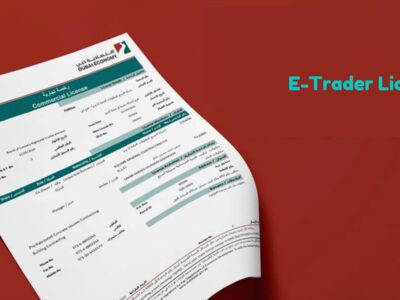To what extent may scope 3 emissions be mitigated? Scope 3 emissions are to be reduced by around 45 percent from 2010 levels by the year 2030, as stipulated in the Paris Agreement by all signatory states and their individual heads of state. According to the IPCC (Intergovernmental Panel on Climate Change), “We are at a crossroads.” A sustainable future for humanity may depend on the decisions we make now to reduce greenhouse gas emissions and put the world on track to achieve net-zero emissions by 2050.
But why is it a bad idea, exactly? Scope 3 carbon emissions include not just those generated by or on behalf of an organization, but also those generated by third parties. To be more precise, from the company’s supply chain or its clientele. To hasten the journey to net-zero, it is important to identify, measure, and manage your company’s carbon emissions. You may begin by taking little efforts to minimize your Scope 3 emissions, despite the fact that it may be a significant hardship for you to do so. Sure, baby steps are all good, but you have to take them. To reduce scope 3 emissions this is essential.
Where can we even begin with the definition of “Scope 3 Emissions”?
As is standard procedure in accordance with the Greenhouse Gas (GHG) protocol, we begin the process of estimating your GHG emissions by first classifying them into three “scopes.” Emissions of Scope 1 and Scope 2 must be studied in order to grasp the concept of “Scope 3” emissions.
Scope 1 refers to the greenhouse gas emissions that are generated directly by an organization. Scope 2 emissions are those that are not directly caused by the operation of the business, such as those caused by the use of purchased electricity, heating, or cooling.
All of the extra indirect emissions produced by the value chain of the enterprise are now classified under Scope 3. These emissions are the direct outcome of business operations, including emissions generated by workers’ commutes and other types of travel, product transportation, and the operations of the company’s suppliers. No one should be surprised that the company’s Scope 3 emissions emanate from uncontrolled sources.
How do you go about gauging your scope 3 emissions, if at all?
To begin started, you may make an estimate of your company’s Scope 3 Emissions in a few different methods, such as the ones listed below.
- Learning about the environmental responsibility concerns and local regulations that affect the whole supply chain.
- Investigating information on direct energy purchases like gas and electricity bills and transforming the monetary value into GHG tons.
- To have a significant impact, it is necessary to identify and quantify the primary sources of carbon emissions.
The GHG protocol provides a useful foundation for these kinds of calculations, so it’s a good idea to see if you can get your hands on a carbon footprint calculator or similar tool.
Conclusion
Utilizing a carbon footprint calculator is yet another beneficial way that can be employed when determining the scope 3 emissions of either yourself or your organization. Using a carbon footprint calculator, you or your company may determine your current level of greenhouse gas emissions. Insight on the most promising avenues for reducing emissions may be gained from this.














Comments